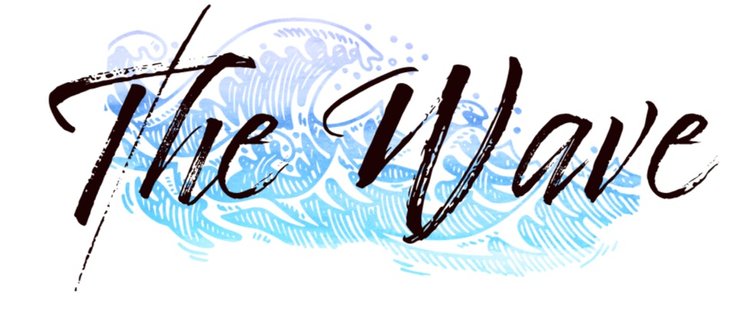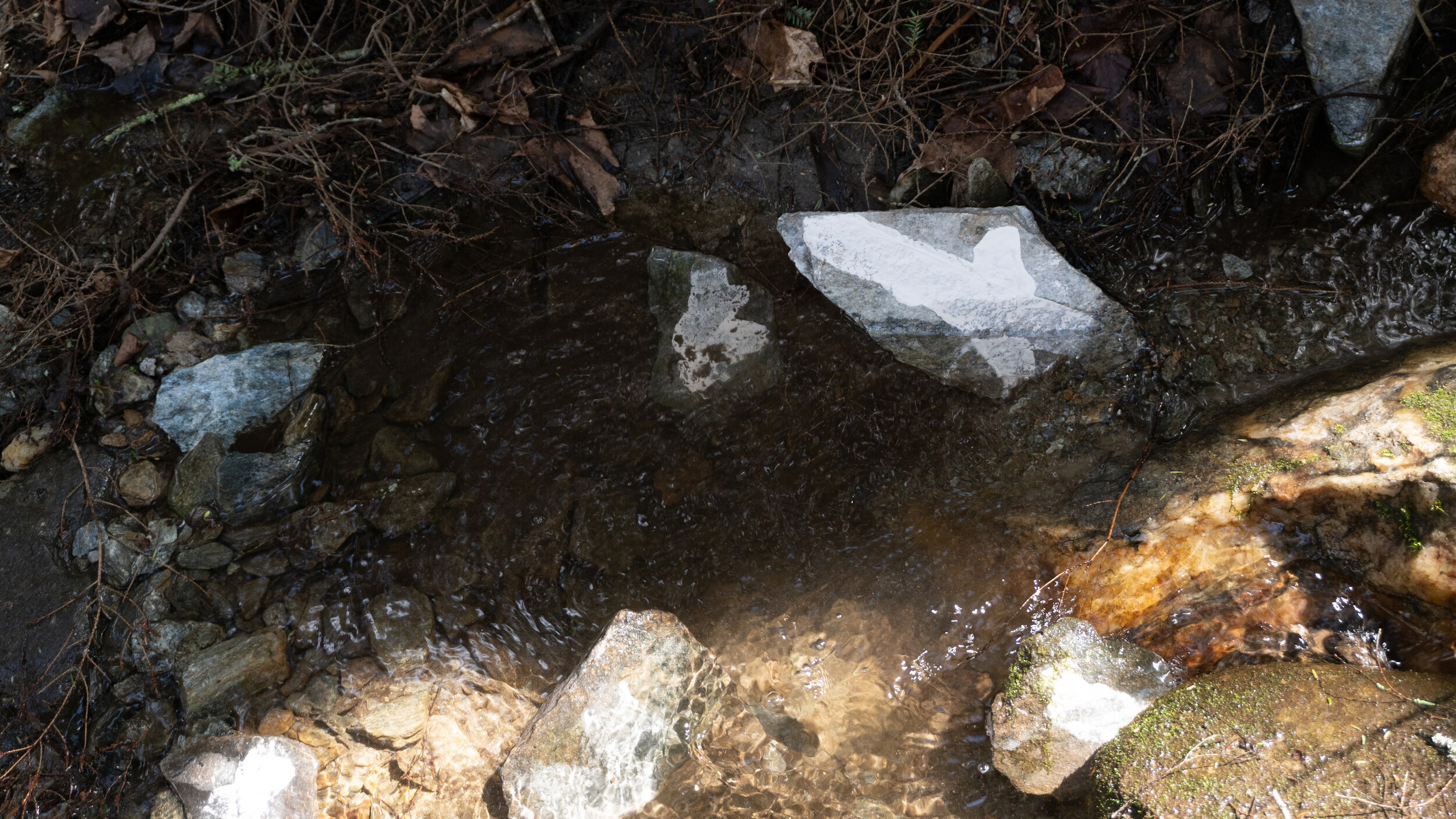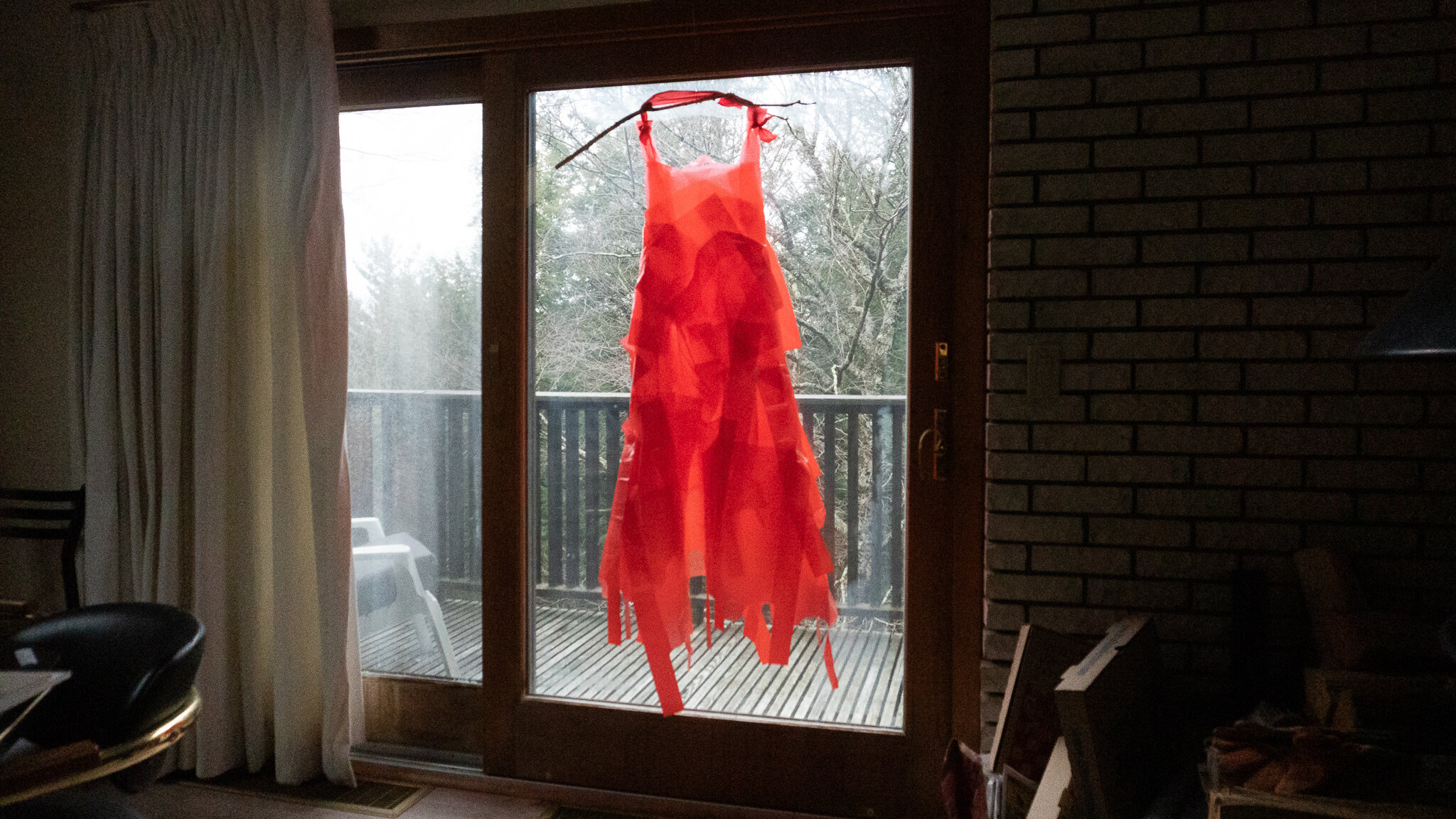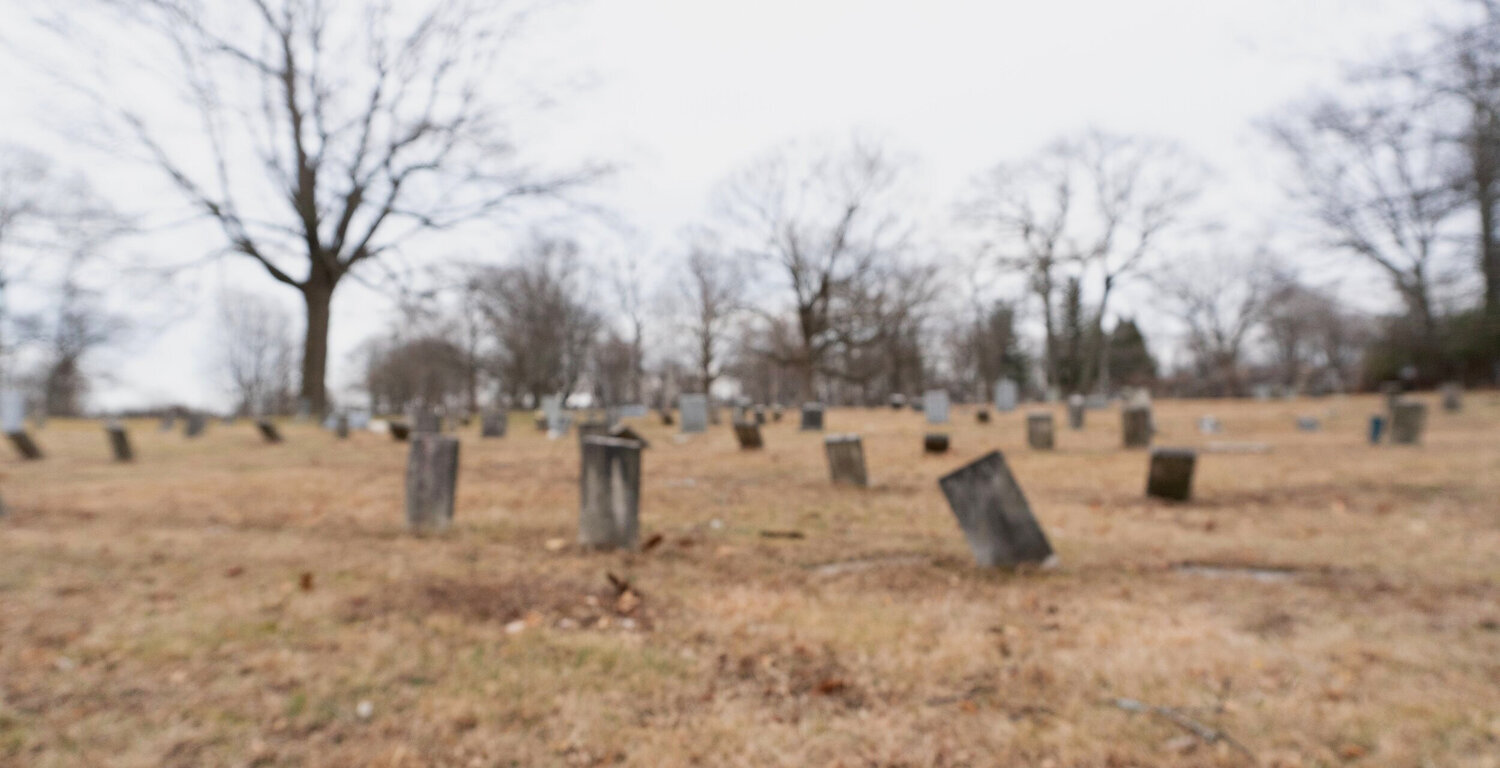My parents grew up teasing me about my love for the Chinese dish, a simple classic both my mother and father cooked for me and my brother. All you needed was tomatoes, eggs, and some sugar and salt. The dish was deceptively simple for a gustatory experience of sweet, sour, and salty delight. Yet it was chock full of memories from both childhood bliss at home, and of exhilarating memories on vacation—a piece of home that survived long flights to Australia, Italy, and Alaska. It was a luxury I took for granted until the permanence of home and our family nucleus was severed all too soon.
2012—My mom and I moved to Chicago, and then less than a year later to Colorado Springs, pursuing the most elite coaching for my burgeoning figure skating career. I attended three high schools in one year, switched coaches twice, living out of a hotel room for five months, and then moving apartments twice more. Out of the discontinuity, the vibrant red tomato slices, sweet scrambled eggs, and juicy sauce anchored me to my family, and to my brother and father still in Seattle.
2013—As competitions became increasingly demanding, I spent less time in high school. Instead, I trained during lunch breaks, and ate meals during class. My mom drove me from school to the rink, and then back and forth again, tossing my thermos over as I chased the ringing of tardy bells. My friend, a fellow athlete, would sometimes eat her mom’s dumplings at the rink, but I’d hear the skaters complain, “your food is so stinky!” So rather than risk opening up a thermos of my mom’s cooking in class, I’d go hungry instead.
2016—I’m a freshman now at Harvard, my head spinning with all the cultural organizations on campus that seemed not to suppress or deny our Asian heritage, but to celebrate it. Shocked by the centrality of cuisine in cultural events put on by HRCSA (Harvard-Radcliffe Chinese Students Association) or AAA (Asian American Association), and overwhelmed by eating in the packed hall of Annenberg, I came to desperately miss home-cooked food, while shoveling HUDS’ Dan Dan Noodles in my mouth instead—a truly incomparable experience. The first time I returned for winter break, finally re-inhabiting my childhood home in Seattle, my dad embraced my return not with a bear hug, but by rapidly whipping up a dish of tomato and egg. The moment I saw it on the kitchen table, I felt I was truly at home again.
January 2017—Back on campus for my second semester at Harvard, I chanced upon another freshman from Singapore when we sat next to each other on a shuttle bus to a Model UN conference in downtown Boston. We ended up going out for dinner at Dumpling House, and commiserating about feelings of displacement and our longing for authentic Chinese cuisine in Cambridge. As we scanned the menu, sure enough we both pointed excitedly to “Scrambled Egg and Tomatoes with Shrimp.” As we became best friends, blockmates, and then roommates at Cabot House, rising through our undergraduate years and creating a home for ourselves in Cabot House and at Harvard, we made semesterly pilgrimages to Dumpling House to honor the genesis of our deep friendship, and our shared love for Chinese comfort food. With birthdays five days apart in May, we would sneak out from the caverns of finals cramming to share a dish of tomato and egg, and celebrate another year of friendship, growth, and joy to come.
September 2018—I never anticipated the darkness that was to shroud my junior fall, when I discovered that my childhood best friend had died. Wracked with grief, I wandered aimlessly around campus. One panicked night, I bumped into a Cabot tutor, and with their partner, drove me to Whole Foods. They knew exactly what to do, picking out swelling, ripe tomatoes, and a fresh carton of eggs. That night, in their suite, as they stirred the tomatoes and eggs around the skillet, glancing back and forth between the stove and the recipe they’d pulled up online, warmth slowly trickled back into me.
November 2018—all my friends were at Fenway for Harvard-Yale. Instead, I’d broken a sweat in bed with a fever. But Connie, another Cabot tutor, knew just what to do, taking me to some gentle yoga in Central, and then to another meal at Dumpling House, on Cabot. I can’t really taste, but the tomatoes and eggs slide smoothly down my throat with a satisfying gulp.
May 2020—It is my last week here at Harvard, in a ghost-town campus. All the underclassmen moved out last weekend, and it is just us seniors, a measly five de-densified in our own suites, displaced from our Quad Houses and each overlooking an empty Kirkland Courtyard. HUDS closed when the other undergraduates moved out, so I’m ordering take-out everyday, while trying to squeeze meaning and closure out of my last few meals here.
Today, I order take-out one last time from Dumpling House. With each mouthful, memories flash by—of friendships and support shared through these very same bites, and of the deeper anchoring of familial ties through food. I think back to a childhood of displacement, of suppressing my heritage, and of finding home here at Harvard celebrating heritage and connecting to people through common dishes. As I swallow my last salty-sweet bite, I feel four beautiful years closing on my time here.
I’m packing now to fly home for the last time, headed into 14 days of quarantine. But the very first thing I expect to find waiting outside my bedroom door, replacing embraces from my parents, are their care and love cooked into a simple plate of tomato slices and scrambled eggs.
Selena:
“For me, coming to terms with my cultural heritage has been a long and uncontinued process. In high school, in particular, having moved to diverse Seattle to the very homogenous and conservative Colorado Springs, I worked to suppress my differences, and thus my identity. Yet, some of the only continuities through this transition came from my mom's home-cooking. At college, I learned to re-claim my identity and to create new relationships by centering my love for my parents' tomato and egg dish, a simple and classic Chinese dish. This piece traces my relationship to the dish across time, life events, and personal realizations.”
Harvard College ‘20 | instagram: @selenazh88




